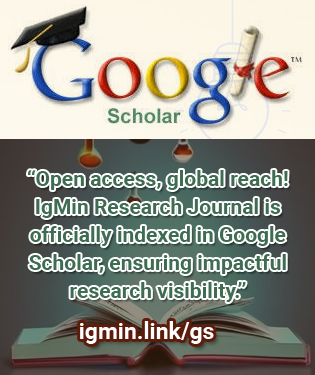Open Access Policy refers to a set of principles and guidelines aimed at providing unrestricted access to scholarly research and literature. It promotes the free availability and unrestricted use of research outputs, enabling researchers, students, and the general public to access, read, download, and distribute scholarly articles without financial or legal barriers. In this response, I will provide you with an overview of the history and latest resolutions related to Open Access Policy.
について
Internal medicine, often referred to as general medicine, is a medical specialty that focuses on the prevention, diagnosis, and non-surgical treatment of adult diseases. Internists, or internal medicine physicians, are equipped with a broad understanding of various medical conditions and provide comprehensive care to patients with complex health issues. Their expertise spans across multiple organ systems, allowing them to address diverse health concerns.
The study of internal medicine involves a deep exploration of diseases affecting adults, including chronic conditions, acute illnesses, and preventive healthcare measures. Internal medicine physicians work to identify underlying causes, develop treatment plans, and promote patient wellness. With a holistic approach to patient care, internists play a pivotal role in improving the quality of life for their patients.
編集者
Medicine Group (3)
Open Access Policy refers to a set of principles and guidelines aimed at providing unrestricted access to scholarly research and literature. It promotes the free availability and unrestricted use of research outputs, enabling researchers, students, and the general public to access, read, download, and distribute scholarly articles without financial or legal barriers. In this response, I will provide you with an overview of the history and latest resolutions related to Open Access Policy.
Open Access Policy refers to a set of principles and guidelines aimed at providing unrestricted access to scholarly research and literature. It promotes the free availability and unrestricted use of research outputs, enabling researchers, students, and the general public to access, read, download, and distribute scholarly articles without financial or legal barriers. In this response, I will provide you with an overview of the history and latest resolutions related to Open Access Policy.

IgMin 科目を探索する
現在トレンドになっている記事はどれですか?
研究論文
- Lunar-Derived Propellants for Fueling Mars-Bound Spacecraft in Cis-Lunar Space
- Modeling of an Electric-fired Brick Oven, Directly Heated
- Contamination in Heat Exchangers: Types, Energy Effects and Prevention Methods
- Analysis of the State of Moisture Control to Ensure and Regulate the Quality of Grain and Grain Products
- LC-MS and HPLC-UV for Detecting Uremic Toxins: Two Validated Methods with Simultaneous Sensitivity and Specificity Evaluation
- Properties of Indium Antimonide Nanocrystals as Nanoelectronic Elements
Advertisement
















